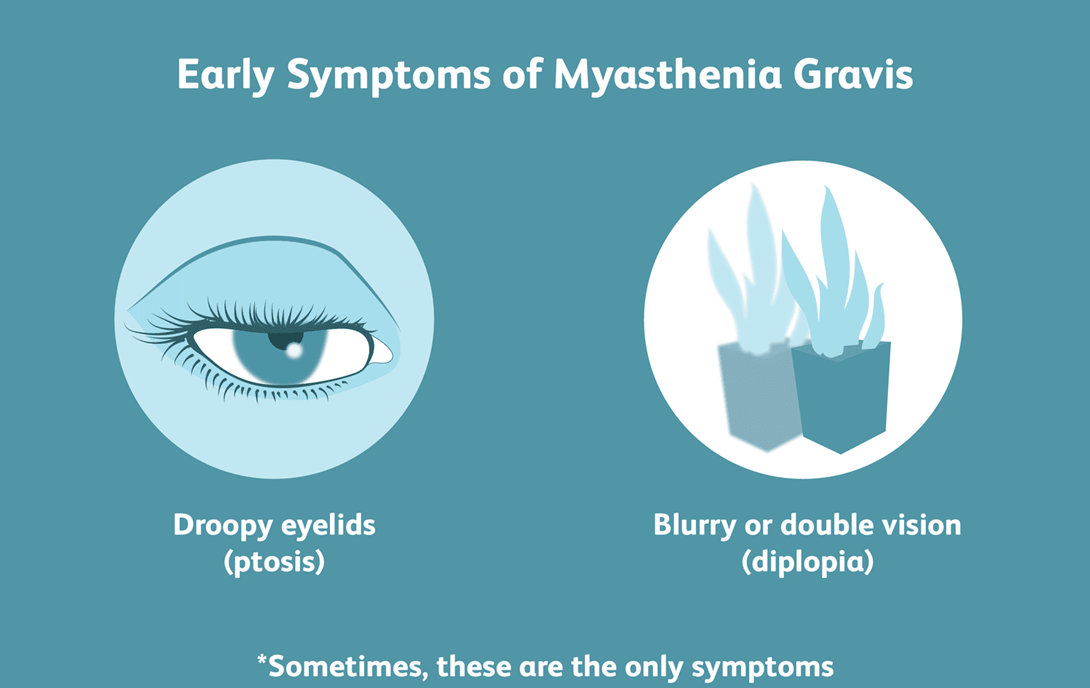A nurse is providing anticipatory guidance to a client who has phenylketonuria (PKU) and is planning a pregnancy. Which of the following information should the nurse include in the discussion?
A low-protein diet should be followed for 3 months prior to conception.
Serum bilirubin should be monitored one to two times per month during pregnancy.
Diet sodas should not be consumed more than two or three times per week.
Breastfeeding will prevent your baby from developing PKU.
The Correct Answer is A
Choice A reason: A low-protein diet is essential for clients who have PKU, as they cannot metabolize the amino acid phenylalanine. High levels of phenylalanine can cause intellectual disability and other neurological problems. A low-protein diet should be started before pregnancy and maintained throughout pregnancy to prevent fetal harm.
Choice B reason: Serum bilirubin is not related to PKU. It is a product of red blood cell breakdown and is elevated in conditions such as jaundice, liver disease, or hemolytic anemia. It does not need to be monitored routinely in clients who have PKU.
Choice C reason: Diet sodas are not recommended for clients who have PKU, as they often contain artificial sweeteners such as aspartame, which is a source of phenylalanine. Diet sodas should be avoided completely or consumed very sparingly by clients who have PKU.
Choice D reason: Breastfeeding will not prevent the baby from developing PKU, as PKU is a genetic disorder that is inherited from both parents. If both parents have PKU, the baby will have a 100% chance of having PKU. If one parent has PKU and the other is a carrier, the baby will have a 50% chance of having PKU. If one parent has PKU and the other is not a carrier, the baby will not have PKU but will be a carrier. Breastfeeding may provide some benefits for the baby, such as immunity and bonding, but it will not affect the baby's PKU status.
Nursing Test Bank
Naxlex Comprehensive Predictor Exams
Related Questions
Correct Answer is B
Explanation
Choice A reason: Anticholinesterase medications should be taken 30 minutes before meals, not with meals. This is because they enhance the action of acetylcholine, which improves muscle strength and swallowing ability.
Choice B reason: Positioning the head of the client's bed to 40° while eating helps prevent aspiration and facilitates swallowing. This is the best action for the nurse to take for a client who has myasthenia gravis.
Choice C reason: Encouraging the client to lie down after eating is not advisable, as it increases the risk of aspiration and reflux. The client should remain upright for at least 30 minutes after eating.
Choice D reason: Providing the client with food cut into small bites is not enough to ensure safe and adequate nutrition. The client may still have difficulty swallowing and chewing. The nurse should also offer soft, moist, and easy-to-swallow foods, and avoid foods that are dry, sticky, or hard.

Correct Answer is A
Explanation
Choice A reason: Acute stress causes an increase in metabolism, as the body activates the sympathetic nervous system and releases hormones such as adrenaline and cortisol. These hormones increase the heart rate, blood pressure, and oxygen consumption, and mobilize glucose and fatty acids for energy. The nurse should explain to the clients that acute stress can have beneficial effects, such as enhancing alertness, memory, and performance, but it can also have harmful effects, such as impairing digestion, immunity, and growth.
Choice B reason: Stress causes a negative nitrogen balance in the body, not a positive one. Nitrogen balance is the difference between the amount of nitrogen ingested and the amount of nitrogen excreted. A positive nitrogen balance means that the body is retaining more nitrogen than it is losing, which indicates growth, healing, or pregnancy. A negative nitrogen balance means that the body is losing more nitrogen than it is retaining, which indicates malnutrition, illness, or injury. The nurse should inform the clients that stress can cause a negative nitrogen balance, as the body breaks down protein for energy and loses nitrogen through urine, sweat, and wounds.
Choice C reason: Protein requirements increase in times of stress, not decrease. Protein is essential for tissue repair, immune function, and hormone synthesis. The nurse should advise the clients that stress can increase the protein needs of the body, as the body loses protein through catabolism, inflammation, and infection. The nurse should recommend the clients to consume adequate amounts of high-quality protein, such as eggs, milk, cheese, meat, fish, poultry, soy, and nuts.
Choice D reason: Glucose is broken down more quickly during times of stress, not more slowly. Glucose is the main source of energy for the brain and the muscles. The nurse should educate the clients that stress can increase the glucose levels in the blood, as the body releases glucose from the liver and muscles to provide fuel for the stress response. The nurse should also warn the clients that chronic stress can lead to insulin resistance, diabetes, and cardiovascular disease.
Whether you are a student looking to ace your exams or a practicing nurse seeking to enhance your expertise , our nursing education contents will empower you with the confidence and competence to make a difference in the lives of patients and become a respected leader in the healthcare field.
Visit Naxlex, invest in your future and unlock endless possibilities with our unparalleled nursing education contents today
Report Wrong Answer on the Current Question
Do you disagree with the answer? If yes, what is your expected answer? Explain.
Kindly be descriptive with the issue you are facing.
